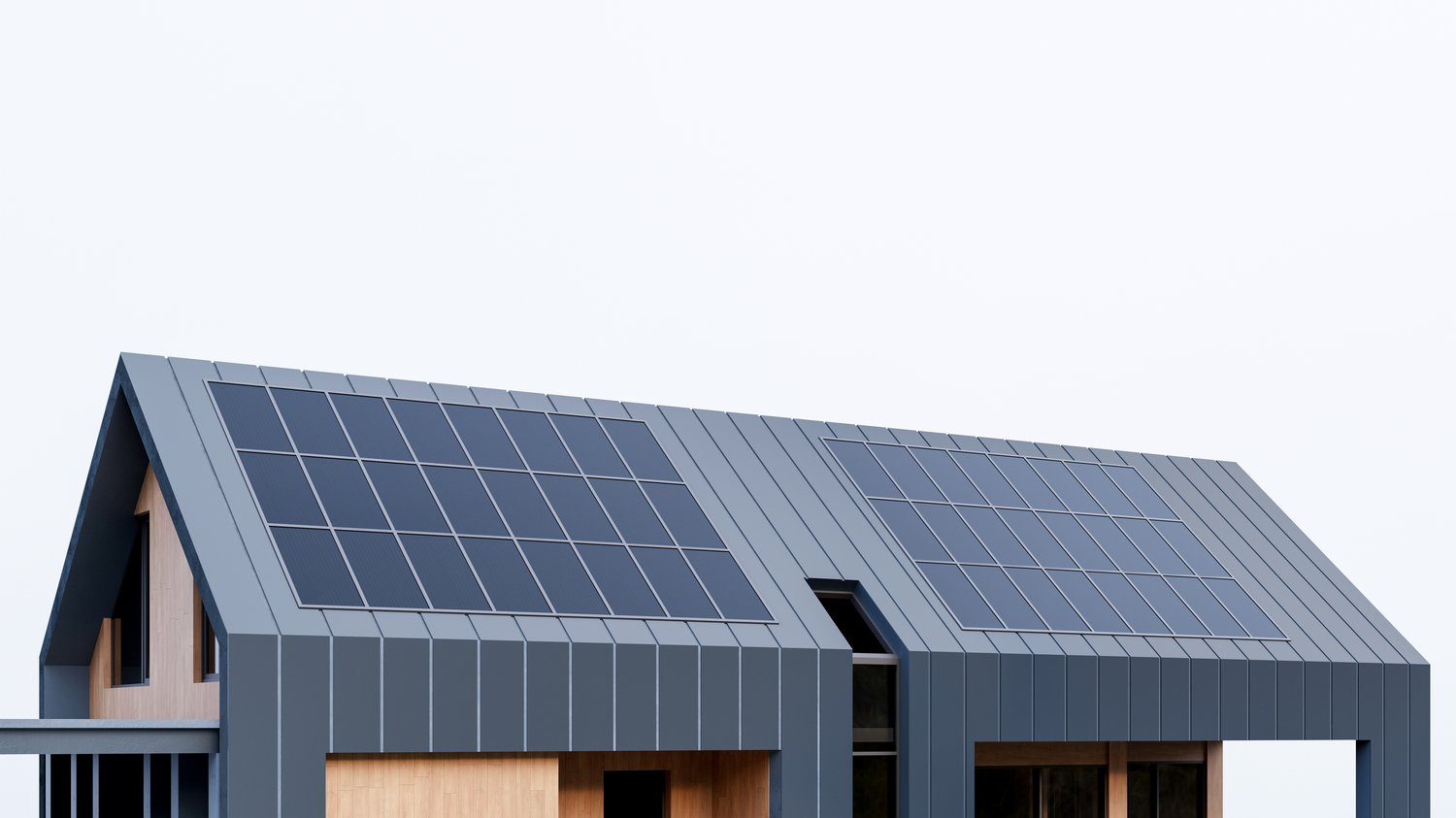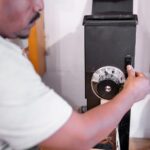Understanding Solar Installations
Solar installations are becoming increasingly popular among homeowners. These systems convert sunlight into electricity, reducing dependence on traditional power sources. A typical solar setup consists of photovoltaic panels, inverters, and mounting equipment. Solar installations can significantly lower energy bills, with many users reporting savings of up to 50% annually. The initial cost of installation varies, but prices have decreased by 70% over the past decade. Solar installations also increase property value, with studies showing an average 4.1% boost in home resale prices.
Choosing the Right Solar Sets
Solar sets offer a comprehensive solution for homeowners looking to go solar. These packages typically include all necessary components for a complete installation. A standard set contains 10-20 solar panels, an inverter, mounting hardware, and wiring. The average household requires a 5-10 kW system to meet its energy needs. Solar sets come in various configurations to suit different roof types and energy requirements. Some sets include battery storage, allowing for energy use during non-sunlight hours.
Exploring Solar Collectors
Solar collectors are essential components in solar thermal systems. These devices absorb sunlight and convert it into heat for water or space heating. There are two main types: flat-plate and evacuated tube collectors. Flat-plate collectors are more common and cost-effective, while evacuated tube collectors are more efficient in colder climates. A typical residential system uses 2-4 collectors, each measuring about 4 square meters. Solar colectors can heat water to temperatures of 60-80°C, reducing water heating costs by up to 80%.
Maximizing Efficiency of Solar Systems
To maximize the efficiency of solar systems, proper placement is crucial. South-facing roofs with a 30-45 degree tilt are ideal in the Northern Hemisphere. Regular maintenance, including cleaning panels every 6-12 months, can increase efficiency by up to 5%. Shade from trees or nearby structures can reduce output by 25-30%, so keep surroundings clear. Modern solar panels have an efficiency rating of 15-22%, with some high-end models reaching 25%. Inverters play a key role in system performance, with micro-inverters offering 5-10% higher energy harvest compared to string inverters.
Financial Aspects of Solar Energy
The financial benefits of solar energy are significant. The average payback period for a residential system is 5-7 years, depending on local energy costs and incentives. Many governments offer tax credits or rebates, potentially covering 30% of installation costs. Solar leasing and power purchase agreements (PPAs) provide alternatives to upfront purchases, with zero down payment options. Energy production from solar panels degrades at a rate of 0.5-1% annually, with most manufacturers guaranteeing 90% production capacity after 10 years. Here’s a breakdown of potential savings:
- First year savings: $600-$1,000
- 20-year savings: $10,000-$30,000
- Carbon offset: 3-4 tons of CO2 per year





